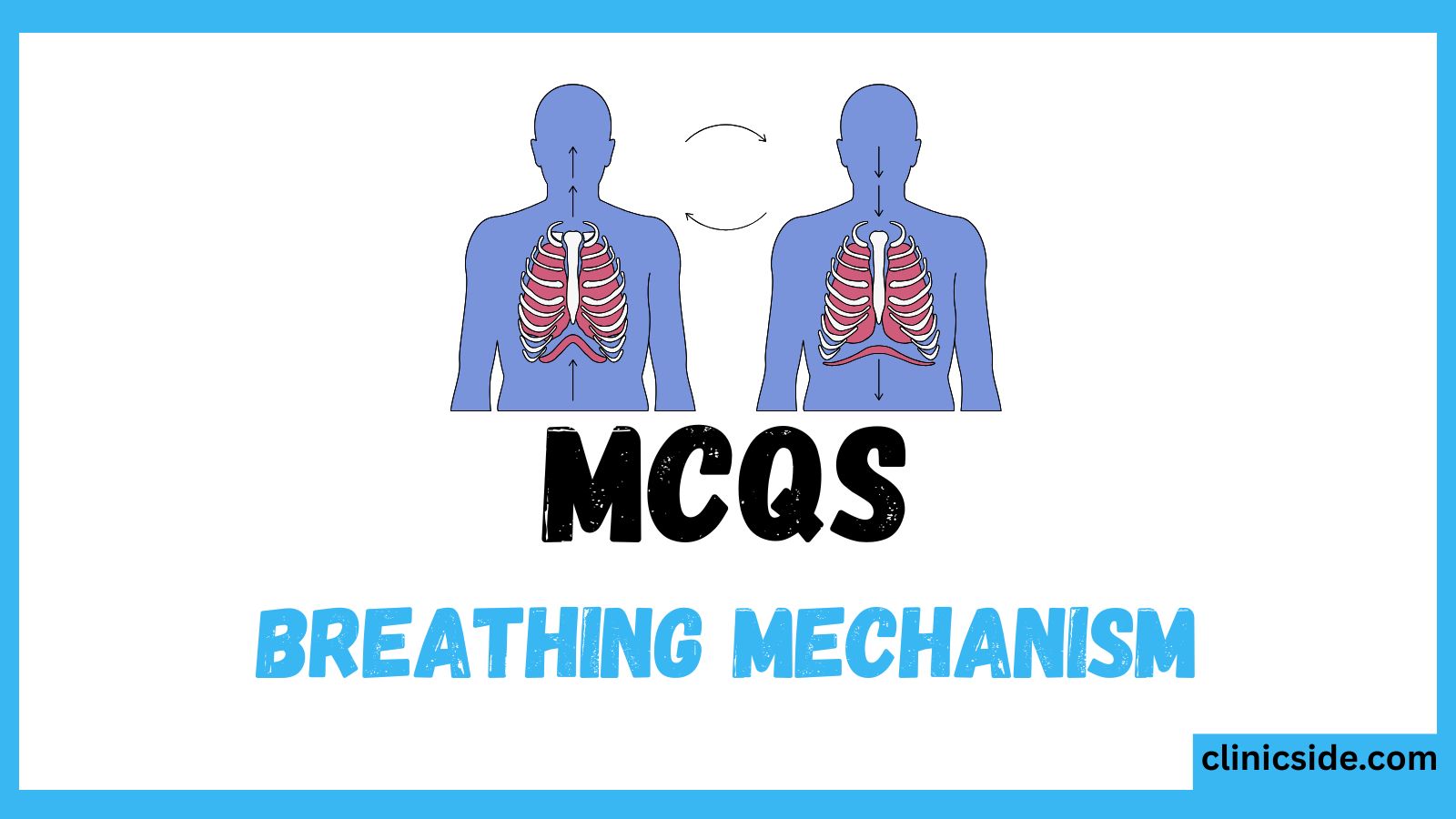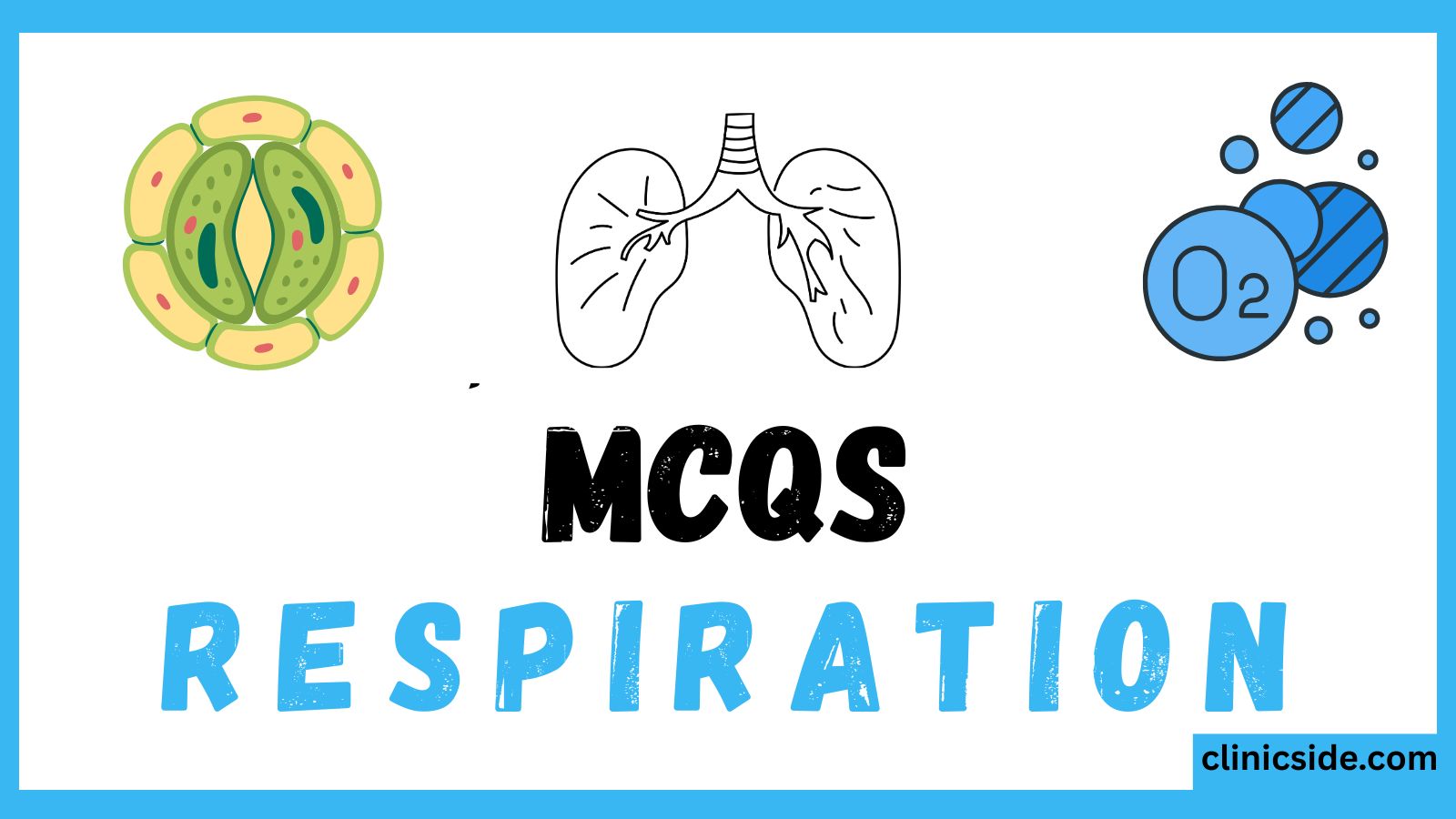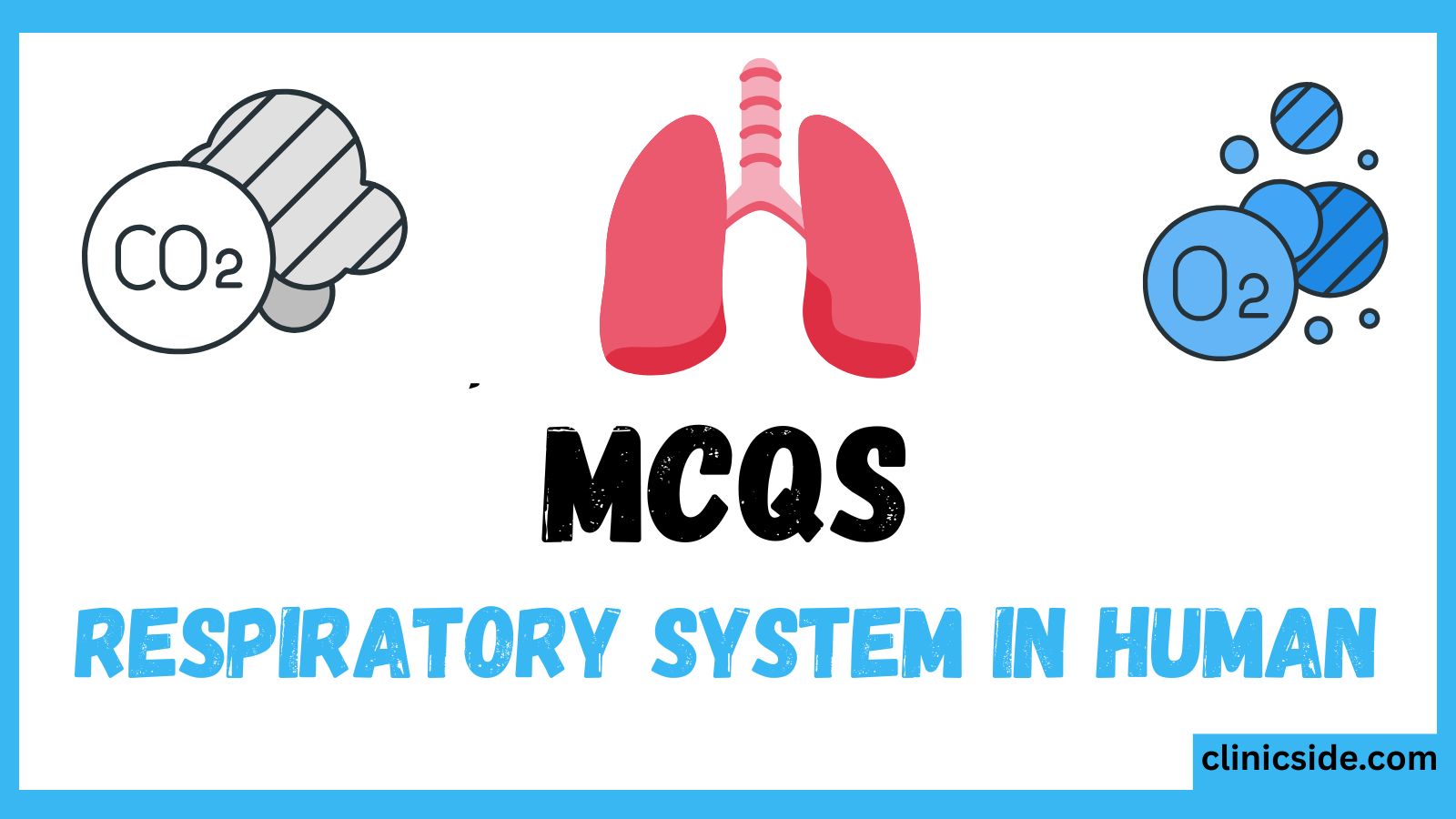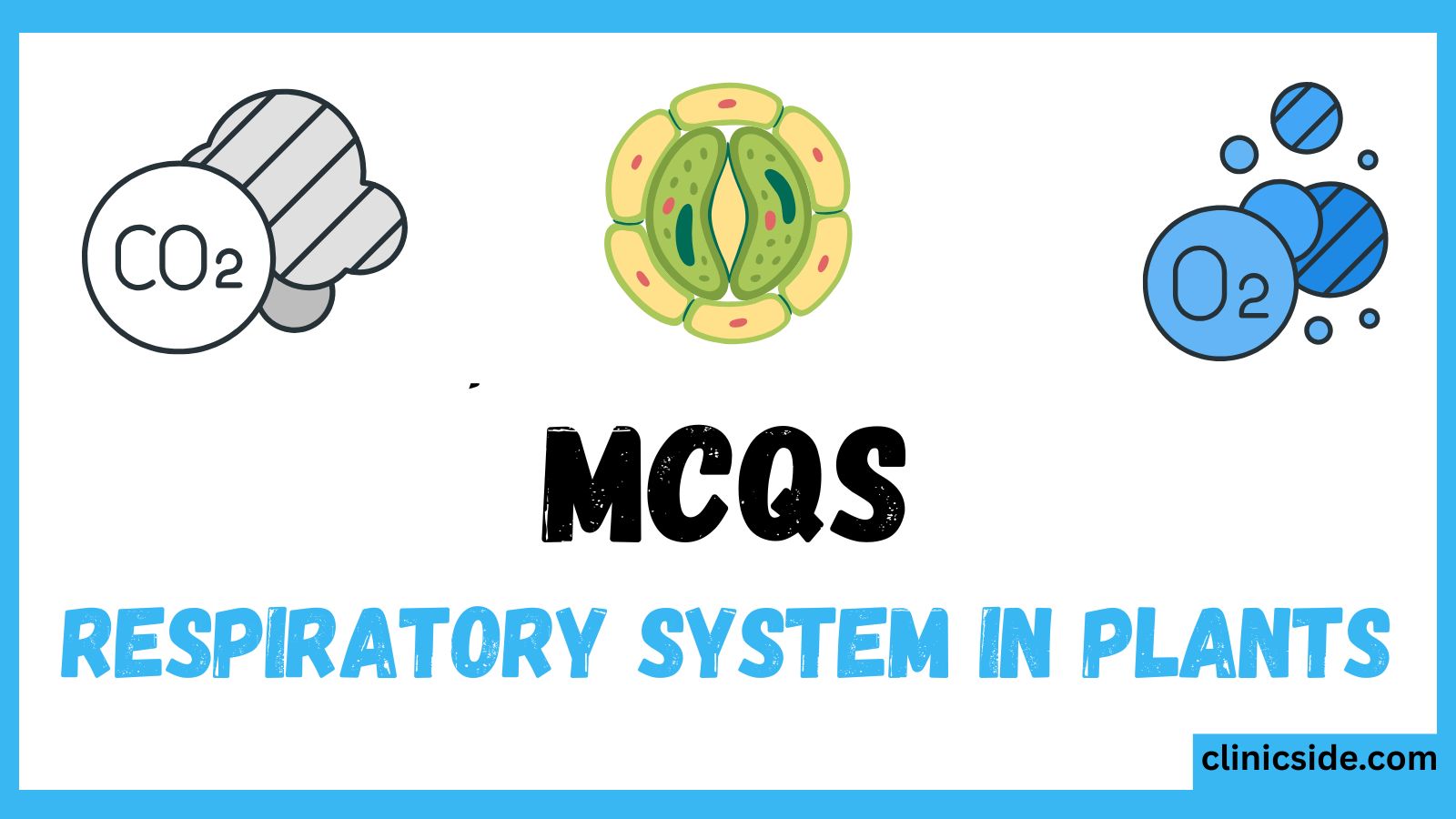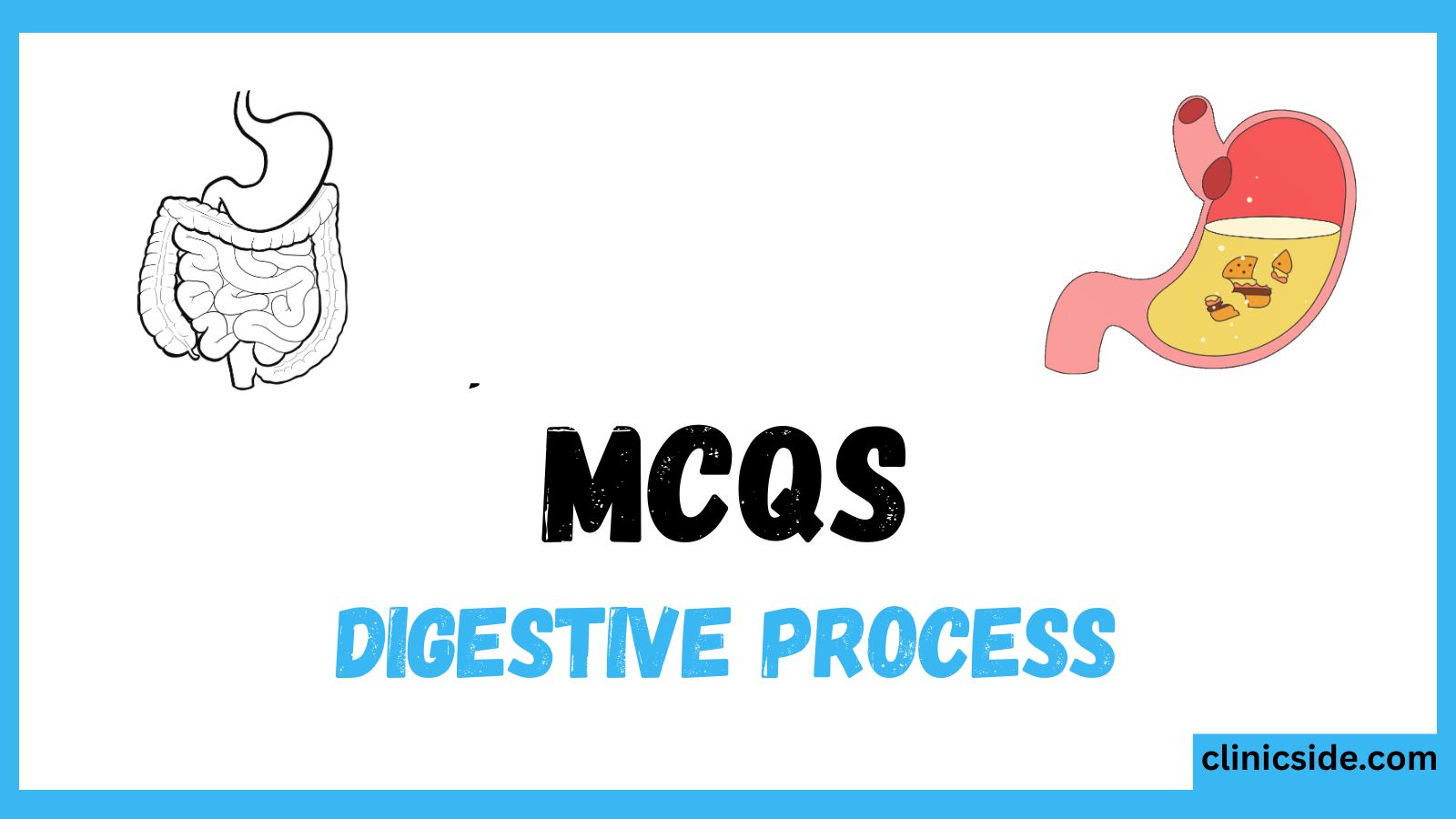Breathing is one of the most important processes that keeps us alive. Without it, our body wouldn’t get the oxygen it needs, or remove the waste gas, carbon dioxide. This post is all about the breathing mechanism how we inhale, exhale, and how our rate of breathing changes at rest and after exercise.
Whether you’re preparing for a biology test or just curious about how your body works, this guide is perfect for you!
Quiz
Available options: 1 to 20
What is the Breathing Mechanism?
The breathing mechanism is the process by which air enters (inhalation) and leaves (exhalation) the lungs. It involves muscles like the diaphragm and intercostal muscles, which create pressure changes that allow air to move in and out of the lungs.
Breathing is involuntary, meaning it happens automatically, but it can also be controlled voluntarily—like when you hold your breath or speak.
Inhalation (Inspiration) – Taking Air In
During inhalation, the following happens:
- The diaphragm contracts and moves downward.
- The external intercostal muscles contract, lifting the ribcage up and out.
- This increases the volume of the chest cavity.
- The pressure inside the lungs becomes lower than outside air, causing air to flow into the lungs.
📌 Keyword Tip: The breathing mechanism depends greatly on muscle movements to allow inhalation.
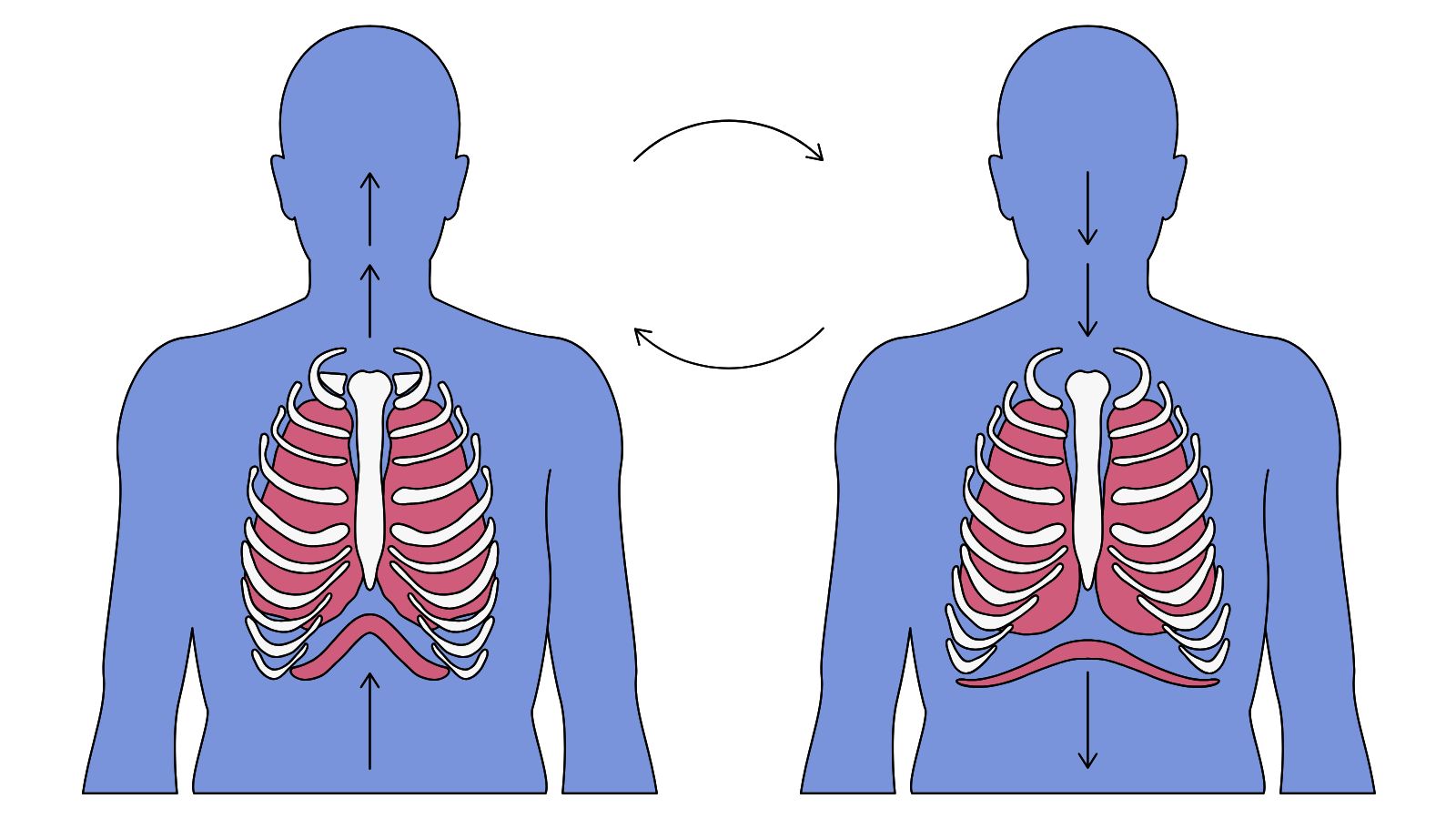
Exhalation (Expiration) – Pushing Air Out
During exhalation, the steps are reversed:
- The diaphragm relaxes and moves upward.
- The intercostal muscles relax, and the ribs move down and in.
- This decreases the volume of the chest cavity.
- The pressure inside the lungs becomes greater than outside, forcing air out of the lungs.
📌 This part of the breathing mechanism helps remove carbon dioxide from the body.
What is the Rate of Breathing?
The rate of breathing (also known as respiratory rate) is the number of breaths taken per minute.
| Condition | Average Breathing Rate |
|---|---|
| At rest (normal adult) | 12–20 breaths/min |
| After exercise | 30–40 breaths/min or more |
After exercise, the body demands more oxygen and produces more carbon dioxide. This causes the breathing mechanism to speed up, increasing both rate and depth of breathing.
Why Does Breathing Rate Increase After Exercise?
Here’s why your breathing rate rises during physical activity:
- More oxygen is needed by the muscles.
- More carbon dioxide is produced, which needs to be expelled.
- The brain signals the respiratory system to work faster.
This is an automatic adjustment in the breathing mechanism to maintain balance in the body.
Summary of the Breathing Mechanism
| Phase | Action | Muscles Involved | Effect |
|---|---|---|---|
| Inhalation | Air in | Diaphragm contracts, ribs expand | Lungs expand |
| Exhalation | Air out | Diaphragm relaxes, ribs lower | Lungs deflate |
Final Thoughts
Understanding the breathing mechanism helps you appreciate how your body adapts to different conditions. Whether you’re resting or running, your inhalation and exhalation processes work in harmony to keep your cells fueled and your body functioning.

